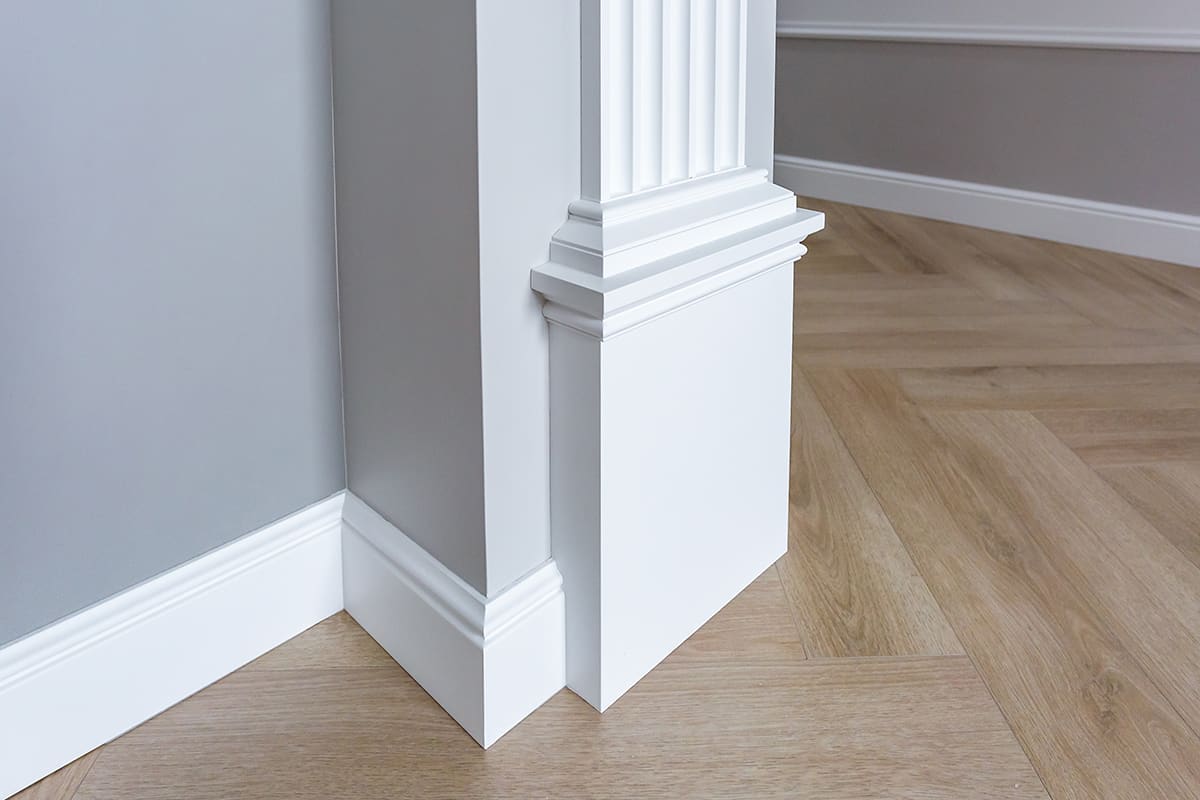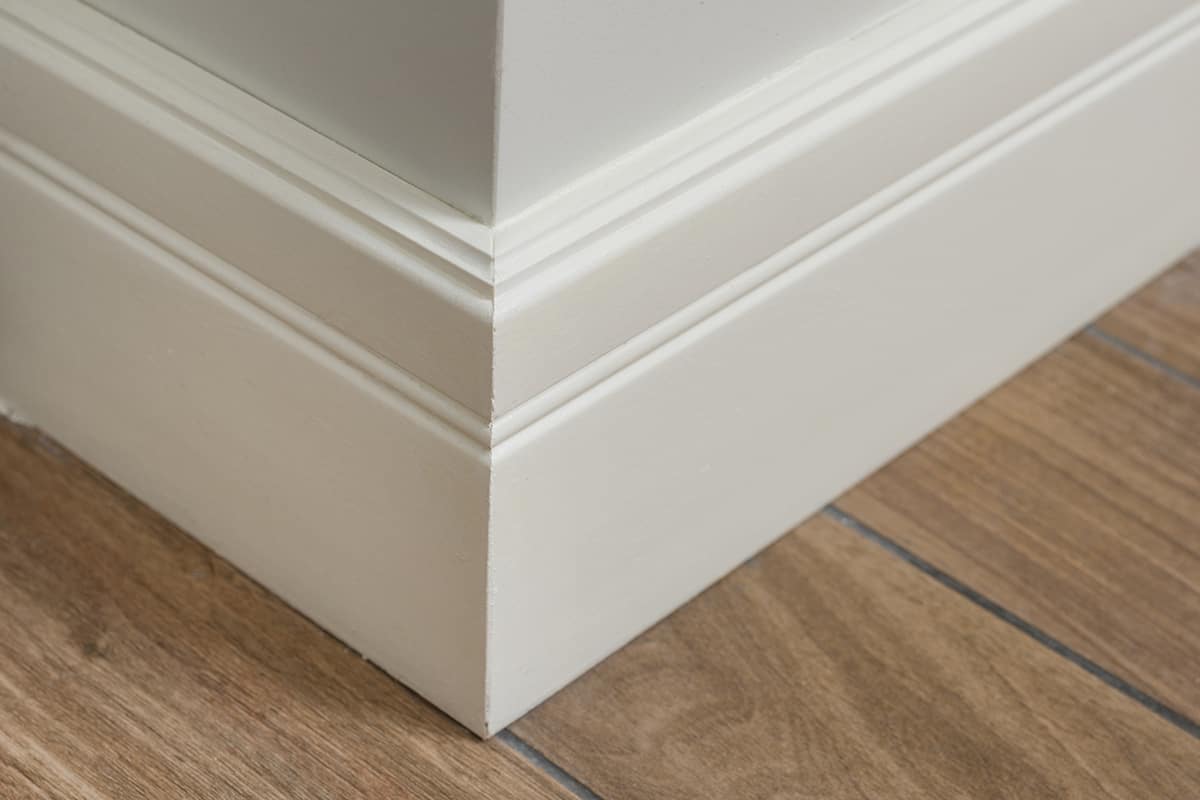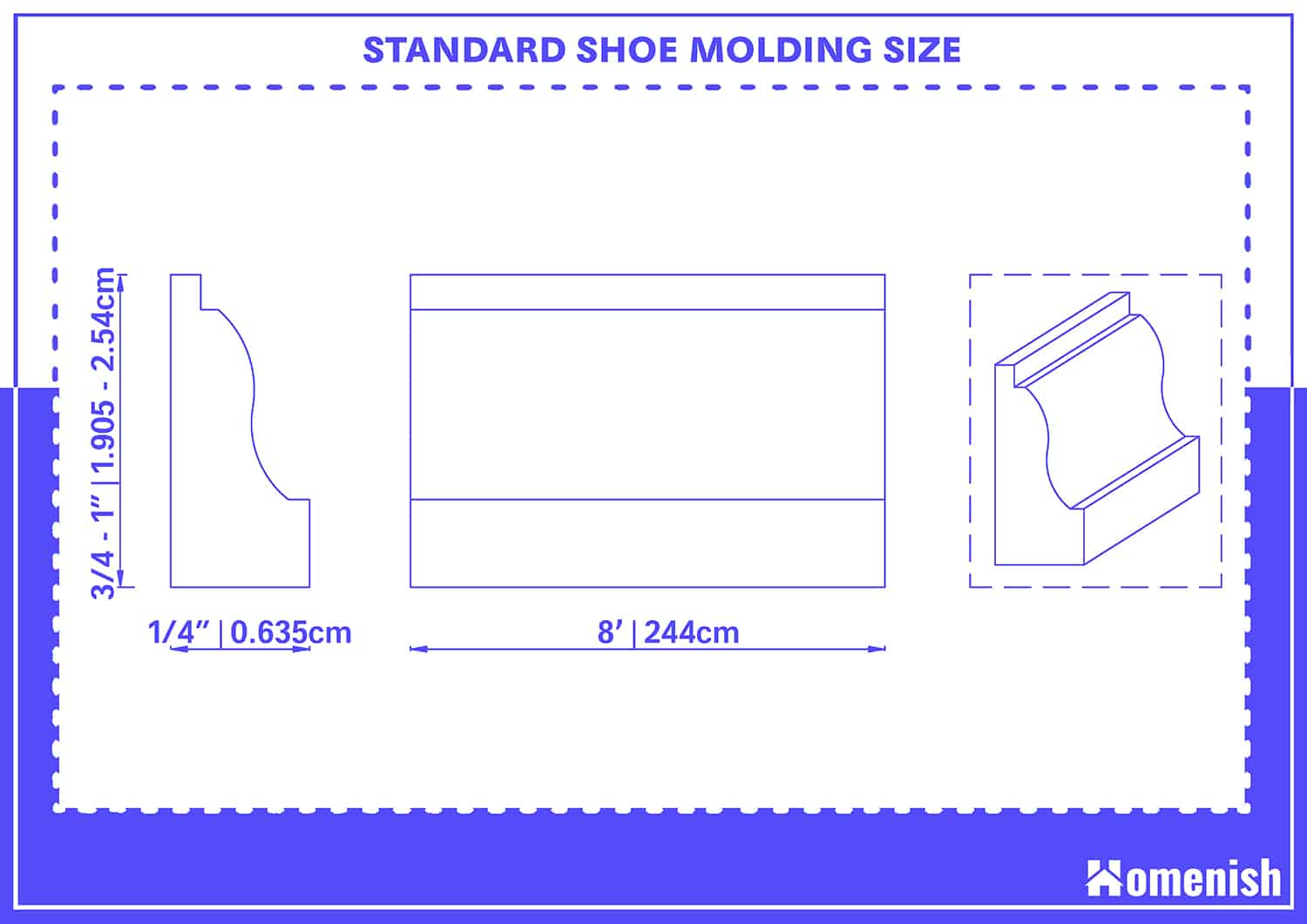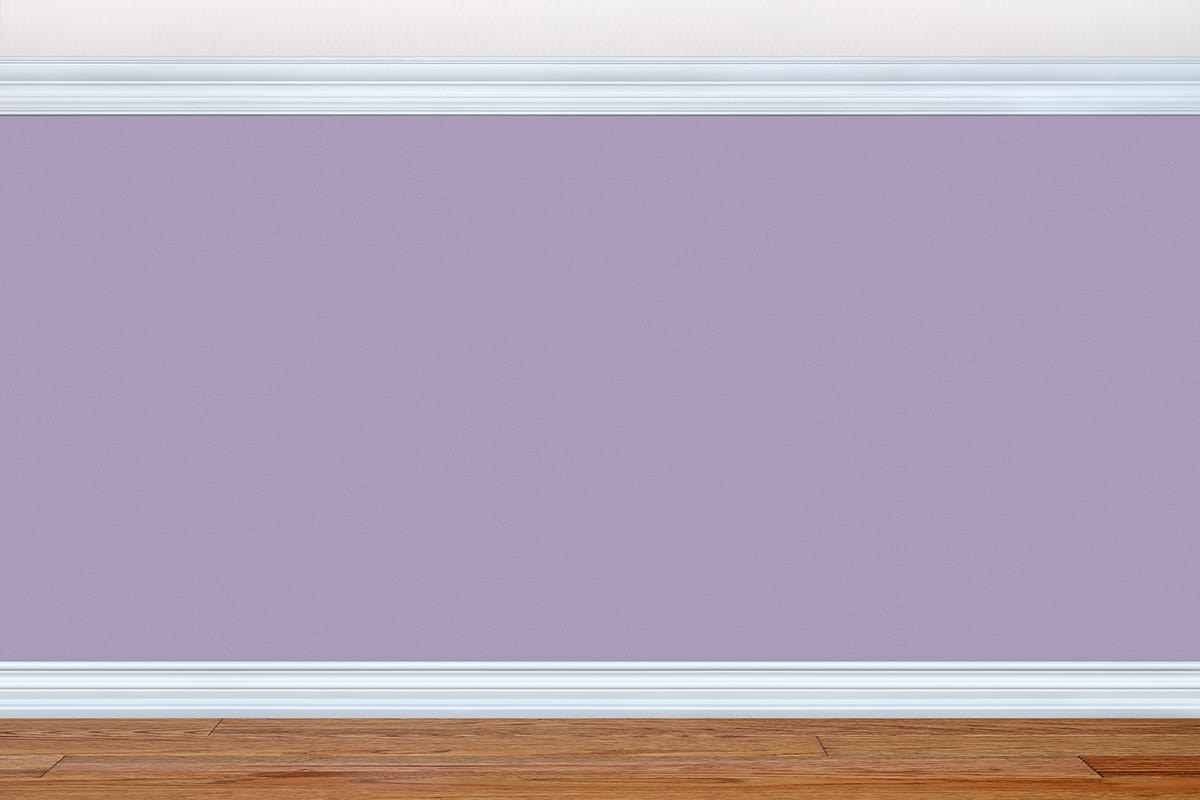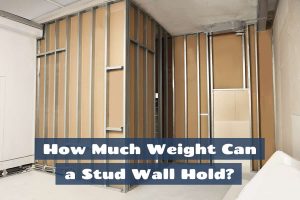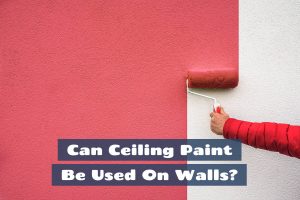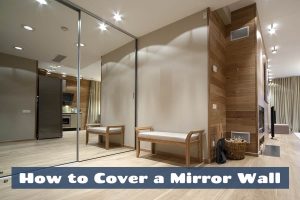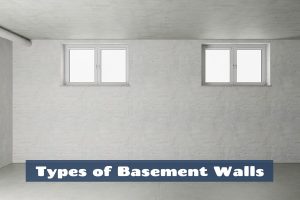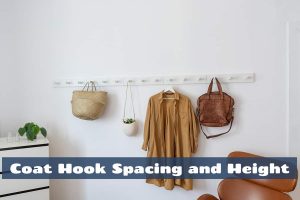Shoe molding is a type of trim that can be fitted against baseboards along the floor for a number of reasons. It is known as ‘shoe molding’ because it is used at shoe level and comes in various sizes to suit different scenarios.
If you need a straightforward answer, here it is.
Typically, the shoe molding will have a width of ¼ inch. Its height is more variable and will range between ¾ inch to 1 inch. Regarding length, it comes in standard lengths of 8 feet.
Why Use Shoe Molding?
Shoe molding was introduced towards the latter half of the 1800s as wood trim was being mass-produced, therefore making molding more readily available. It rose in popularity due to the various benefits it offered and is still widely used in homes today.
Decorative feature
The addition of shoe molding along baseboards creates further interest and can add an architectural appeal to the trim in the room. It helps to finish off the look of the baseboard and create a professional style.
Seamless look
The main reason most people use shoe molding is to create a seamless look between the baseboard and the flooring. This is most common where hardwood or laminate flooring has been installed, and you can see raw edges of the cut planks close to the baseboard. Shoe molding will cover these small imperfections and ensure there are no visible gaps between the floor surface and the baseboard.
Even in situations where the baseboard has been installed on top of the flooring, and therefore all gaps should already be covered, you may find that some gaps are still visible, especially if your floor is not perfectly level.
This is because the baseboard is not flexible and therefore won’t sit completely flat against flooring that has minor dips. Shoe molding rectifies this issue because the narrow nature of it means it is slightly flexible and can be fitted flush to the flooring, concealing any gaps.
Prevents insects and pests
One of the benefits of shoe molding is that it seals up the gaps around the edge of the room where insects can climb through into your living space. Any insects living in the subfloor will not be able to access your room through the gap between flooring and baseboards, giving you a more secure space against creepy crawlies.
In some instances, small mice can even maneuver in the space left between flooring and baseboards, so shoe molding creates excellent protection against this possibility.
Seals out dirt
Shoe molding helps to keep out the dirt by creating a seal around the lower edges of the room. A room with shoe molding will benefit from a more secure space where dust and dirt cannot enter the room from the gap between flooring and baseboards.
Heat barrier
If you have gaps between your flooring and baseboard trim, you may have noticed in colder times of the year that you can feel cool air or even a breeze coming from the gap. This will have the disadvantage of lowering the temperature in your home, and it also means warm air in the room will escape through the gaps.
Shoe molding will prevent heat from being able to escape at floor level, as well as prevent cool air from entering the room, therefore creating a barrier to help maintain your room’s temperature and avoid wasted heat.
Shoe Molding Sizes
Shoe molding is sometimes confused with quarter round. These are two types of molding used between flooring and baseboards, but there is an easy way to differentiate between them. Quarter round, when viewed at a cross-section, will look like a perfect quarter of a round piece of pie.
The name ‘quarter round’ refers to the fact that the molding is made from a round dowel that has been quartered. Imagine slicing a round dowel down the length and then slicing the length again. By comparison, shoe molding does not have a perfectly spherical edge. It is rounded, but it will be taller than it is wide, giving it a more gently curving shape.
The choice between shoe molding and quarter-round molding is down to personal preference, but many interior designers prefer shoe molding because it has a sleeker, more streamlined look compared to quarter round, which can look basic or clumsy.
Width
Shoe molding comes in various sizes. Typically the width of shoe molding will have a measurement of ¼ inch, though this can sometimes be slightly smaller.
Height
The height measurement is more variable and will range between ¾ inch to 1 inch. You will want to check that the height of the shoe molding is compatible with your current baseboard sizes, as it will need to fit flush against the baseboards, which therefore need to be flat.
If you have decorative baseboards, you should check that the lowest part of the baseboards where the shoe molding will be fitted is completely flat. For example, if you choose shoe molding measuring 1 inch in height, then the lowest 1 inch of your baseboards will need to be flat and free from any decorative carvings.
Length
Shoe molding comes in standard-sized lengths of 8 feet. They can be cut down to size in rooms that are smaller than 8 feet and can also be joined together along lengths of the floor which are greater than 8 feet.
Types of Shoe Molding
Wood
Wood shoe molding is a popular choice because it is durable, affordable, and can be painted or stained. Softwood shoe molding will cost in the region of $5 per length, whereas hardwood is around double this price.
MDF
MDF shoe molding is made from a type of fiberboard. It is a good choice for uneven floors because it is more flexible than wood and will help to seal gaps more seamlessly. It is inexpensive and priced similarly to softwood shoe molding. It is durable and can be painted; however, it is not recommended if you want to stain your molding.
Polystyrene
Polystyrene shoe molding is the least expensive option, at around $2 a length. It can be painted to match your baseboards but cannot be stained. It is not very durable and will become dented if struck; however, it represents a good budget-friendly choice.
